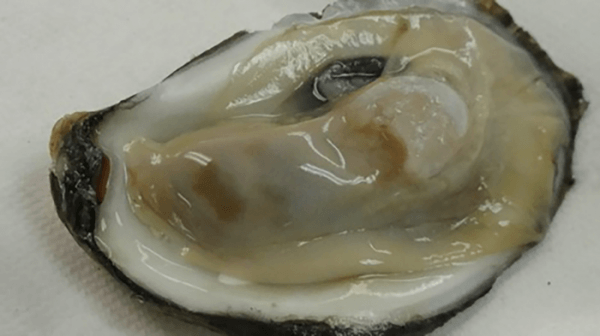On April 20, 2010, the Deepwater Horizon (DWH) petroleum drilling rig exploded off the coast of Louisiana, resulting in the world’s worst oil spill in history with more than 4 million barrels of oil released into the Gulf of Mexico. Though the short-term impact of the oil spill on local wildlife was widely researched among scientists and discussed in the media, there has been relatively little research on the long-term effects of the disaster. In a paper published this week in PLOS ONE, researchers from the California Academy of Sciences, Nova Southeastern University (NSU), South Dakota School of Mines and Technology (SDSMT), and Kent State University show that Eastern oysters from the Gulf Coast have significantly higher rates of metaplasia—a condition that can cause debilitating tissue abnormalities—than those from a region unaffected by the DWH oil spill, even several years after the event, raising concerns about the health of the economically and ecologically important species.
“It’s worrying to find such a high incidence of metaplasia,” says study author and Academy Curator of Invertebrate Zoology and Geology Peter Roopnarine, PhD. “Eastern oysters are not only a major link in the ecosystem’s food chain, they are also ecosystem engineers, forming oyster reefs that shelter other organisms and protect coastal areas from storm surges.”
Metaplasia is a reversible condition where some of an organism’s differentiated cells change type due to stress from the environment. Since differentiated cells have specialized roles, like how the cells in our gut facilitate nutrient uptake, changing into a different type can inhibit the organism’s overall health.
Read more at California Academy of Sciences
Image: A healthy Eastern oyster taken from Chesapeake Bay. (© Deanne Roopnarine) (Credit: © Deanne Roopnarine)


